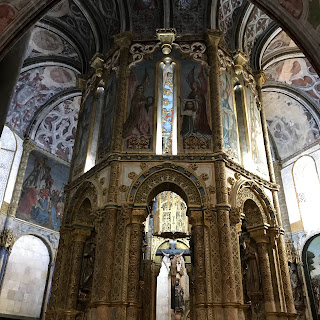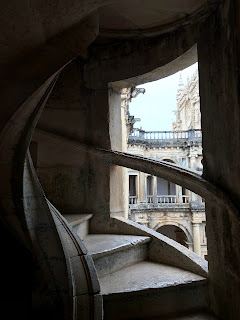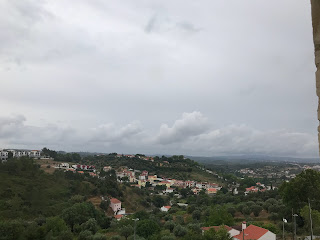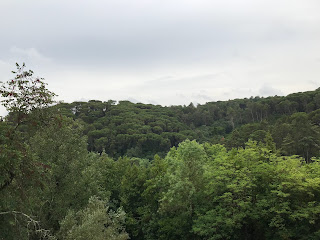A few weeks back, we bought some Waitrose pears. It was an impulse buy. Four pears, each with that coy blush hinting at ripeness, and a warning that they had to be eaten within six days. Problem was, the were still hard, and what impulse hadn’t factored in was that we were going to Portugal in three days.
I shrugged. Win some, lose some. They’d either ripen before we left, or they wouldn’t. And if we came home to fruity necrosis and those small pesky flies, it wasn’t exactly the end of the world.
Portugal was great, airport security less so, but we made it home safely, one thing on my mind.
The pears.
Yes, I know, I should have put them in the fridge.
You could imagine my puzzled relief that the four pears were where I’d left them, obdurately intact—more than that—marble hard. Not a fruit fly in sight.
I ate one of them. Tried to. Nearly broke my teeth. A week later I tried again. Same result. From then on, it became an obsession. Each morning I’d check the remaining two pears, convinced there must be some arboreal attic with a portrait of mould and decay, pears festering in an obscene grey fuzz. What we’d inadvertently brought into our house was something satanic despite their pristine appearance. I wondered about the two I’d already eaten. Were they still there, in my stomach, rock hard and impervious, too large to pass through?
I was reminded of the satanic pears when we dropped into the Cotswold village of Broadway, pretty beyond words but essentially soulless. It makes Disney World edgy.
Places like these have manifold ‘portraits’ found in the back streets of Salford, Glasgow, Birkenhead. We live in a Dorian Gray world—but the remaining two pears no longer. Two days ago, I came down to find one of them slightly discoloured at the pointy end.
Carpe Diem!
I washed them, cut out a nugget of something squishy and brown, and ate them before they had time to change their mind.



















































